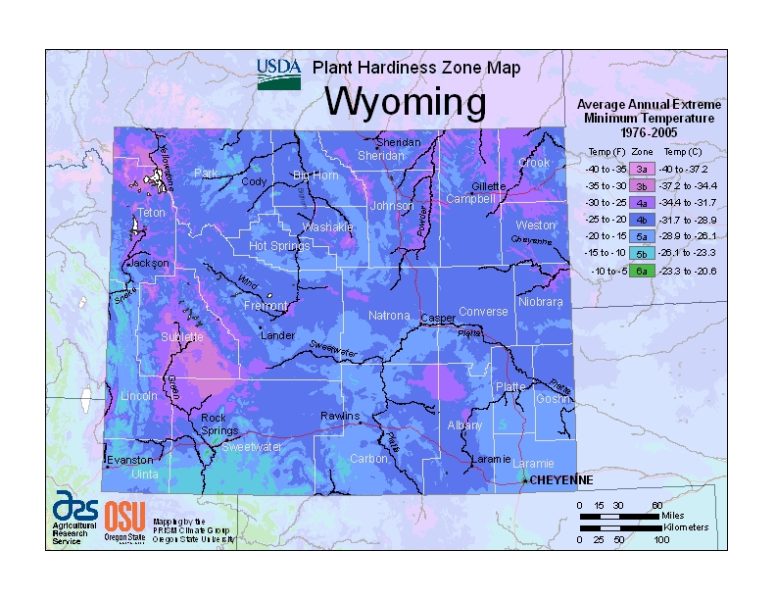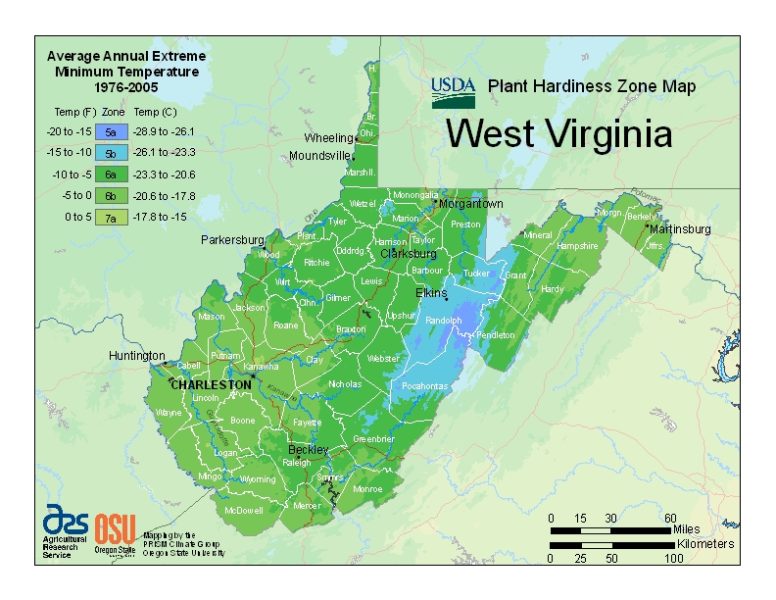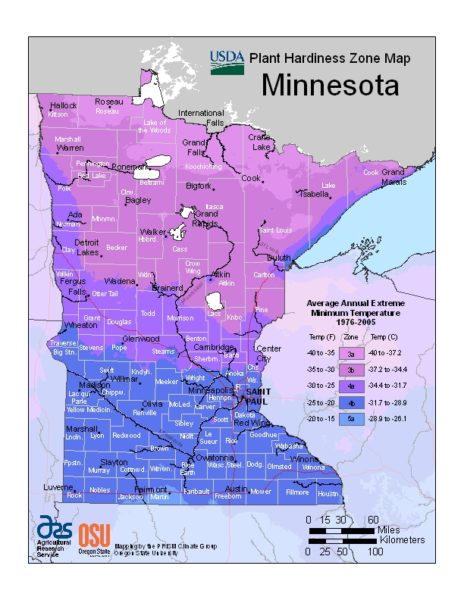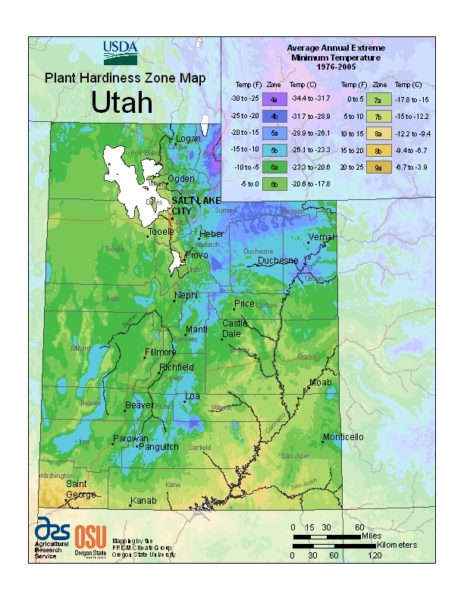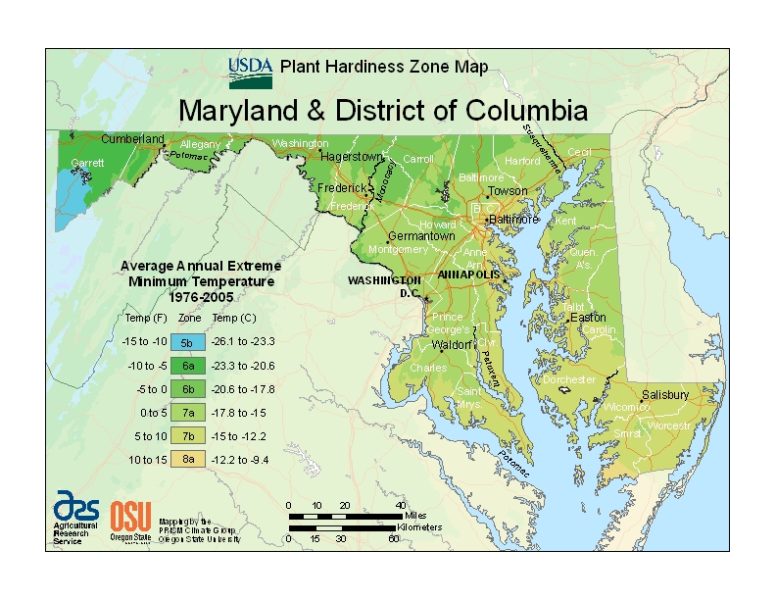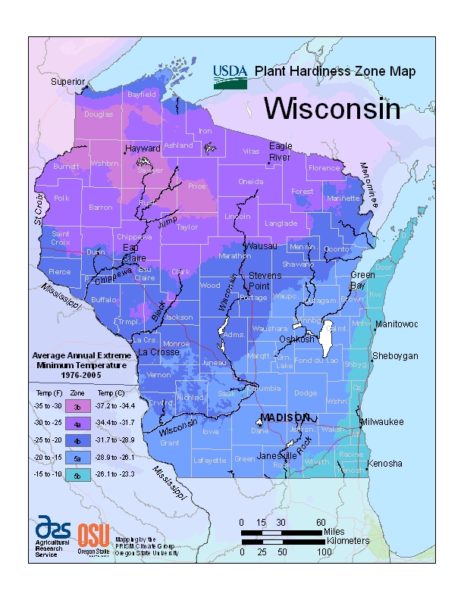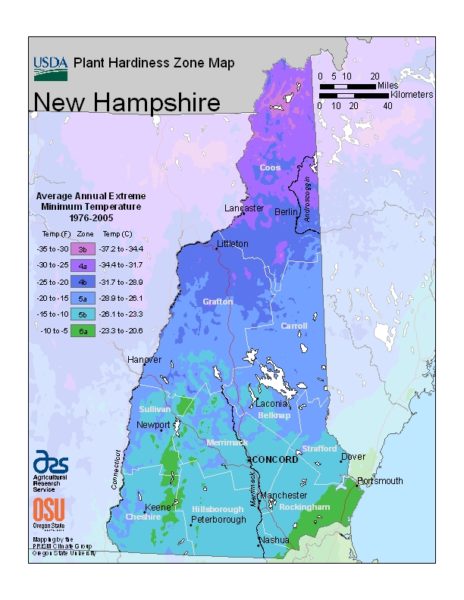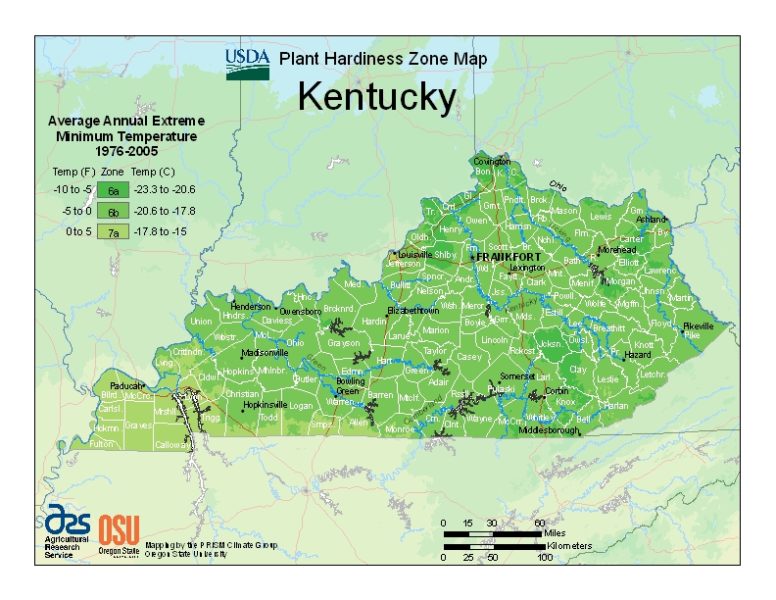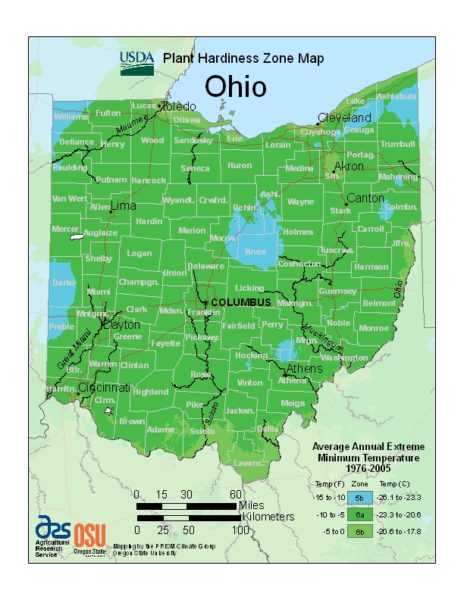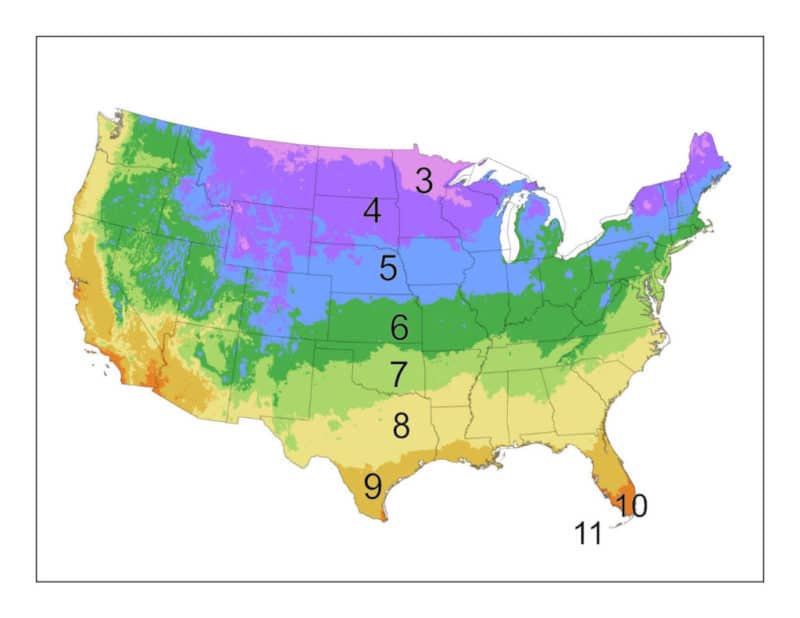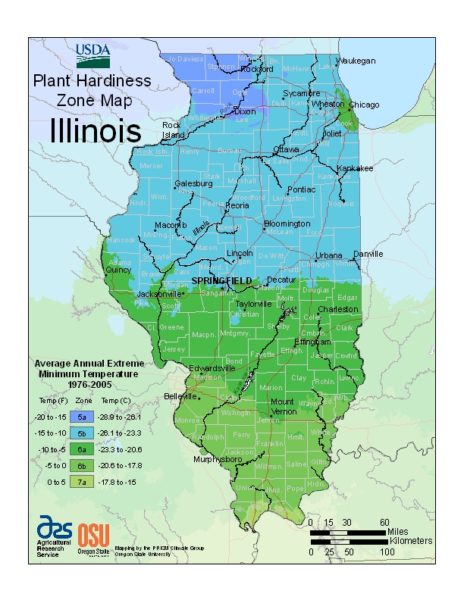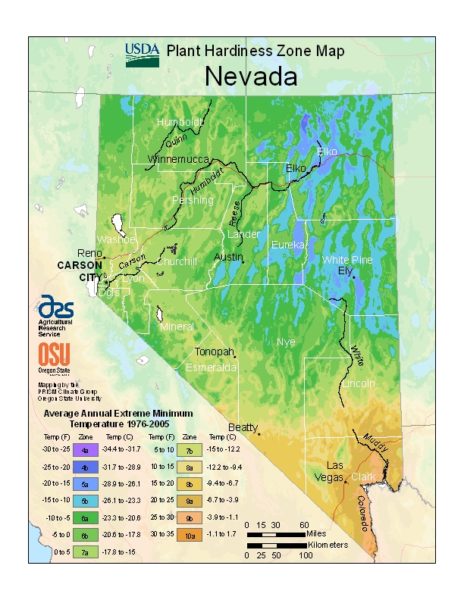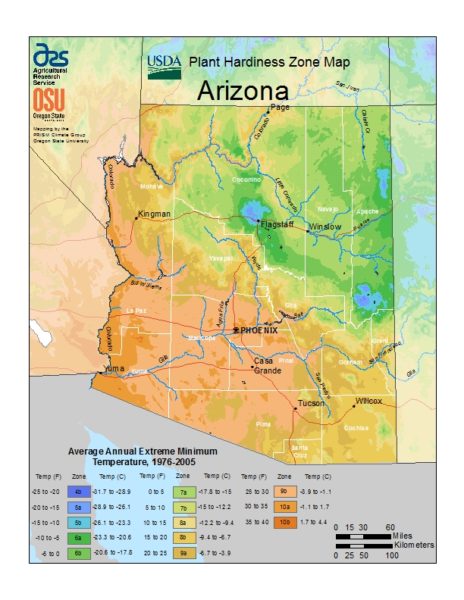
5 Ways to Beat the Heat With Your Summer Landscape
Summer is officially here. At least in my neighborhood (I’m in Grow Zone 7b), we’re about a month away from everyone’s yard burning up. My water bill was getting too crazy high from running sprinklers only to delay the inevitable.
I have a large oak in my back yard & 2 mature pecan trees in the front yard. I kind of changed my strategy & instead of trying to maintain a lawn, I created large swaths of natural areas with ornamental trees, shrubs and perennials.
Even the heat waves of July & August can stress these plants out. I have a large container with very wilted Black-Eyed Susan’s right now. Fortunately, I know they can bounce back time and time again with frequent, deep waterings.
But is there a better way to help ensure your plants & shrubs just don’t survive but thrive in the summer heat? It’s especially concerning if it’s something you just bought planted.
You may have bought a more developed, larger size container plant but that’s no guarantee it won’t wilt in the heat. They need just as much time, if not more, to get established in their new surroundings.
As usual, we went to our local county agricultural extension office (you can find yours here) and asked the experts. Here’s 5 tips offered to help your new & established plants & shrubs beat the heat this summer.
- MULCH!! Put a minimum 2-inch layer of mulch around the base of everything. The area of mulch should be as wide as the plant is. Some
 counties offer free mulch if you want to pick it up. Grass clippings, leaves, even shredded paper or cardboard are less expensive alternatives that work. The mulch will slow down water evaporation in the soil.
counties offer free mulch if you want to pick it up. Grass clippings, leaves, even shredded paper or cardboard are less expensive alternatives that work. The mulch will slow down water evaporation in the soil. - Water the soil, not the plant. I cringe whenever I see a neighbor out front with their hose throwing water over all their shrubs. It’s wasting water. Most water on the foliage will simply evaporate in the heat.
- Water less frequently, but deeply. Frequent, short waterings leads to weak, short root systems. Water deeply on average twice a week in the hot days of summer. Water more often if your plants are in obvious distress.
 Water early in the morning. This seems self-explanatory but what I didn’t realize is that this is preferred over watering later in the evening. Water on foliage overnight can make them more prone to fungus diseases.
Water early in the morning. This seems self-explanatory but what I didn’t realize is that this is preferred over watering later in the evening. Water on foliage overnight can make them more prone to fungus diseases.- Keep a close eye on plants along any driveway, patio’s or areas with pebble/rock mulch. They retain & radiate much more heat that can damage nearby plants. You also might consider putting container plants in the ground during the hottest weeks of summer.
- Spring Best Selling Plants From FastGrowingTrees.com - March 6, 2022
- Unboxing Perfect Plants Nursery - March 9, 2022
- Unboxing From PlantingTree Nursery - February 6, 2022

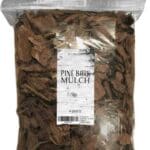 counties offer free mulch if you want to pick it up. Grass clippings, leaves, even shredded paper or cardboard are less expensive alternatives that work. The mulch will slow down water evaporation in the soil.
counties offer free mulch if you want to pick it up. Grass clippings, leaves, even shredded paper or cardboard are less expensive alternatives that work. The mulch will slow down water evaporation in the soil. Water early in the morning. This seems self-explanatory but what I didn’t realize is that this is preferred over watering later in the evening. Water on foliage overnight can make them more prone to fungus diseases.
Water early in the morning. This seems self-explanatory but what I didn’t realize is that this is preferred over watering later in the evening. Water on foliage overnight can make them more prone to fungus diseases.


